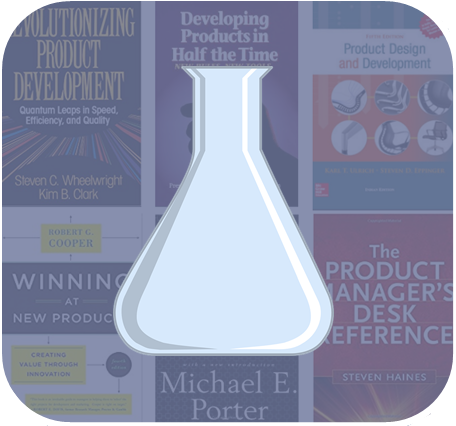N.A.B.C.
Needs
Approach
Benefits per cost
Competition
I hear you’re hungry. Let’s go to McDonalds to grab some food. It’s quick and inexpensive compared to a sit down restaurant, which will allows us to get back to work and stay on track.
I’m paraphrasing the example given by Carlson and Wilmot, but they use this basic lunch scenario to demonstrate the critical elements to a value proposition. Kind of obvious to me because I’m always down for a 6-piece of nugs.
I hear you’re hungry [need]. Let’s go to McDonalds to grab some food [approach]. It’s quick and inexpensive compared to a sit down restaurant [competition], which will allows us to eat and get back to work quickly [benefits per cost].
All four of these elements are needed to complete a value proposition; remove one and the vision breaks down. Carlson and Wilmot mention that too many companies focus on the approach…here’s what we’re going to do and here’s how our product is superior.
There is a great deal more on this topic, and though it’s a simple idea, it’s not easy to do. Simple does not mean easy.
A good value proposition requires four dimensions: Needs, Approach, Benefits, and Competition. Get used to seeing NABC – it’s written frickin everywhere in this book. If you don’t remember what NABC means at the end of this book, you’ve missed the point.
Needs
Approach
Benefits per cost
Competition
N.A.B.C.
A.B.C.
A always B be C closing. Always be closing. Had to do it.

